When it comes to people's greatest fears, spiders are frequently found at the top of the list. These eight-legged creepers hide under our beds, in our showers, and just about anywhere else they can fit. Just the idea of feeling them crawling up your arm is enough to send shivers down the spines of most people, and unfortunately, it's bound to happen at one point or another.
They might not be as cute as ladybugs or butterflies, but believe it or not, it's actually to our benefit to have spiders hanging around. They're great to have in your garden, and they can keep other pests like flies or mosquitoes from pestering you all day. Of course, that doesn't stop you from feeling any less icky when you see them…especially when you watch a video like this, which shows the worst possible thing that can happen when you try to squish a big spider.
Call me crazy (you wouldn't be the first), but when it comes to spiders, I'm actually a fan. I'm that weirdo that takes pictures of cool arachnids for my Instagram and kinda sorta really wants a pet tarantula. Part of the reason is that even though they're a bit creepy, they're also some of the neatest bugs on the planet. Check out these interesting — and possibly terrifying — spider facts, and see how long it takes before you start to feel a bit itchy.
Don't forget to SHARE these scary facts with all your friends!
1. They liquefy their prey

Spiders' stomachs can't handle completely solid foods, so rather than taking big bites out of their prey, they first start to break down their meal by either spitting up their digestive juices onto the bug or injecting them into the bug. Once the insect's body begins to break down, the spider can then make it even more digestible by "chewing" it with its jaws…and some spiders just slurp out their prey's liquefied insides and leave the rest of the body behind.
2. Male black widow spiders want to get eaten

Most of us know how the black widow spider got its name — the females eat the males after they mate. But what happens if the female decides she isn't hungry? Rather than scurrying off and counting his lucky stars that he'll live to see another day, the male will sometimes actually place himself right in his girlfriend's jaws to encourage her to eat him.
3. Tarantulas will shoot their butt hair at you
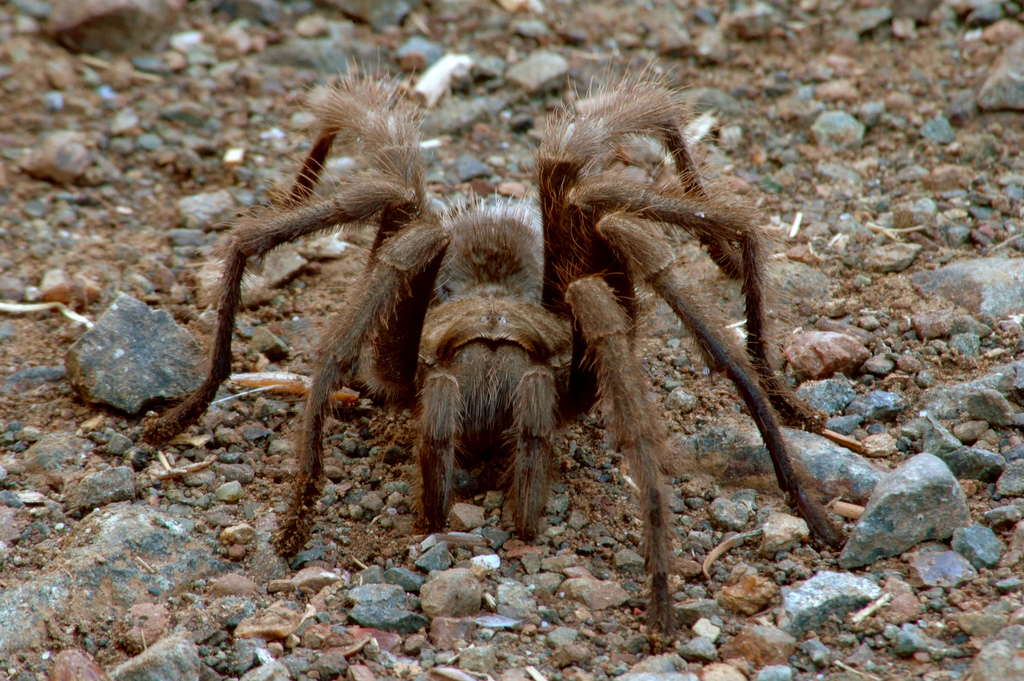
They might look pretty scary with those huge jaws, huge legs, and huge…everything, but the good news is that it's very uncommon to get bitten by a tarantula. They have no interest in using their venom to kill their predators, preferring to save it for creatures they can actually eat. Instead, when they feel threatened, they fling off tiny hairs, known as urticating hairs, from their rear end. The hairs act as miniature porcupine quills, and while they won't do any lasting harm to a human, they've been known to sting.
4. They can swim

The diving bell spider is basically an eight-legged scuba diver. It uses its silk to spin a container of air that it can bring down from the surface to enable it to breathe for over a day. But these creepy crawlers aren't the only type of spiders that are tough to drown— most spiders have water-repellent hairs that allow them to float and survive short periods of time underwater. That's why the Itsy Bitsy Spider was able to climb back up the spout.
5. They can fly
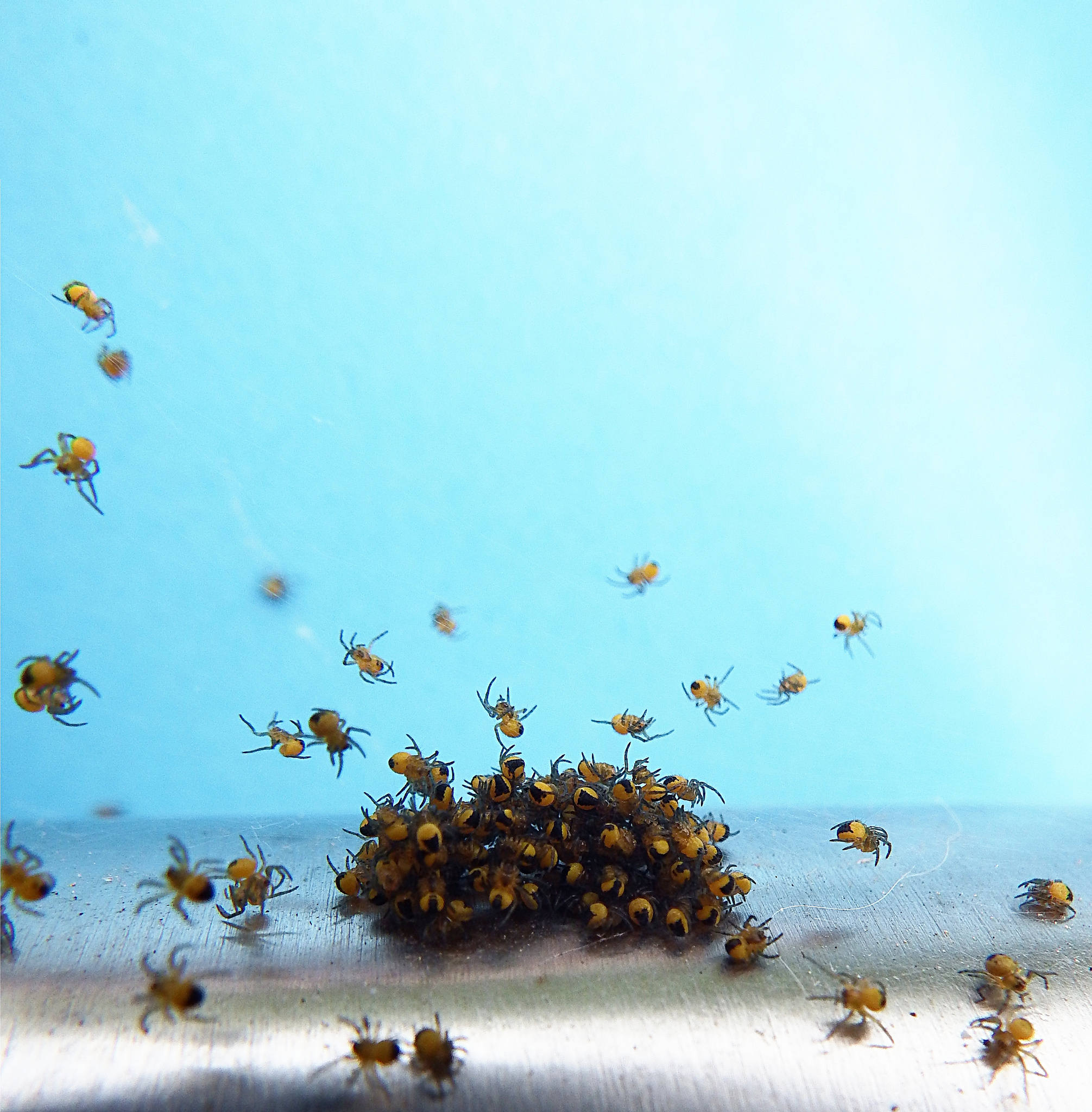
Remember that heartwarming moment in Charlotte's Web when all of Charlotte's babies made themselves little balloons and flew away? It's a lot less cute when you learn that it wasn't just a made-up moment from a children's book. Small spiders, especially babies, use this technique (called "ballooning") to get from point A to point B faster than they could on all eight feet. It's normally only breezy enough to carry the spiders a few feet at a time, but when it's particularly windy, spiders have been found on ships nearly 1,000 miles out at sea. On the plus side, at least they haven't grown wings…yet.
6. They can cover everything with their webs

Walking into one spider web is awful enough, but what happens when you wake up and your yard is covered in ridiculously strong sticky silk? Even though some spiders prefer to live alone, others prefer to live in communities and work together to build ridiculously large webs that can cover anything, from entire trees to entire towns. And because their massive webs can catch so many insects, the eight-legged members of these communities are totally fine with sharing their loot.
7. They don't always look like spiders

Coming across an ant is a lot less terrifying than coming across a spider, right? But the next time you come across an ant that seems a little…different, you might want to take a closer look. Hundreds of spider species have evolved to look exactly like ants (if you ignore the extra pair of legs), and some even give off similar pheromones. Some use their disguise to help fool potential predators, but others use it to blend right in with the local ant community to nab a tasty snack.
8. They can jump...far

The appropriately-named jumping spider is probably the cutest spider out there thanks to its large eyes and furry body. They can also jump up to 50 times their own body length to either escape from threats or attack their prey. Luckily, these guys are usually pretty small, so you don't have to worry about a spider the size of your face jumping on your head from across the room. But itty-bitty insects aren't so fortunate.
9. They can survive in space
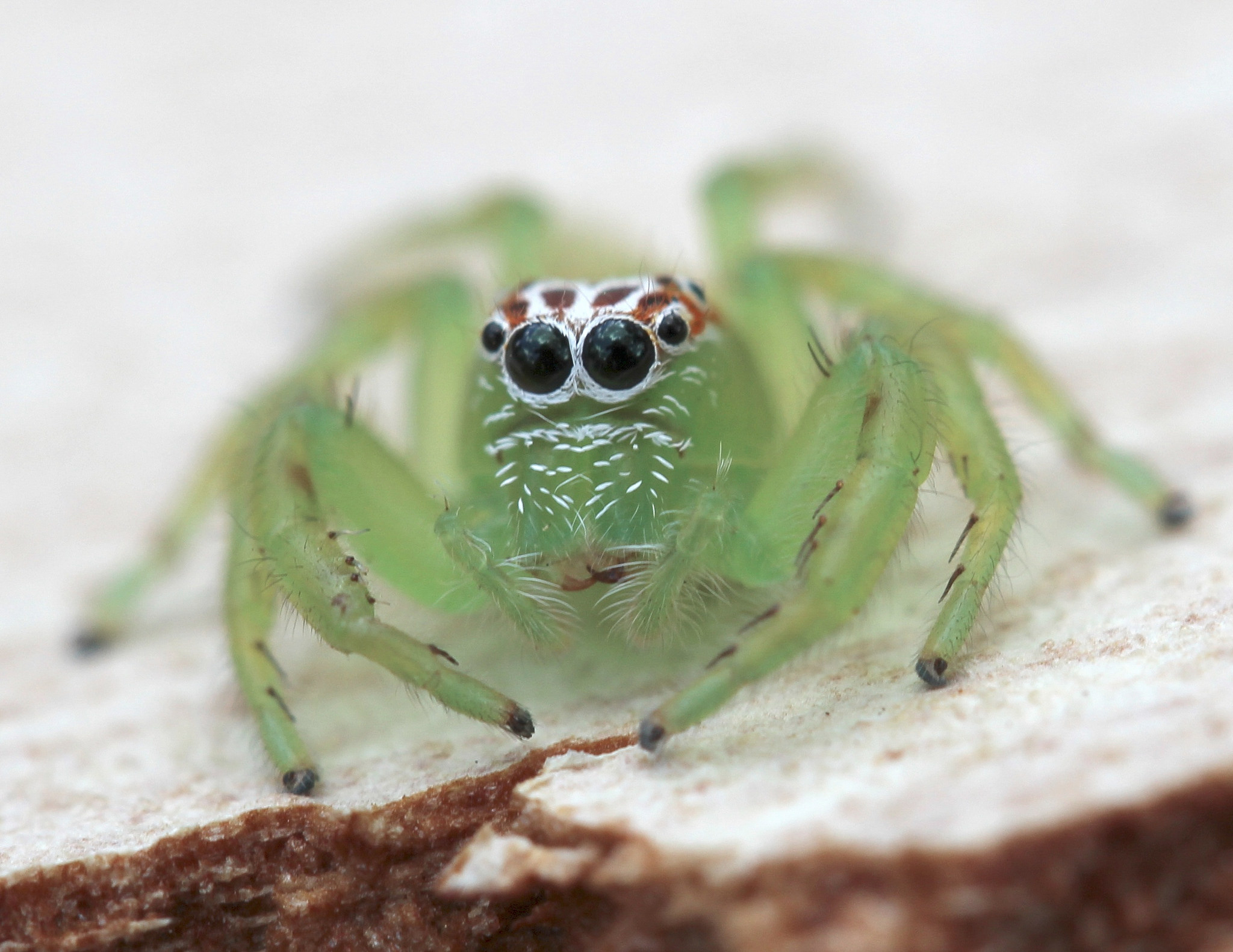
If you've ever wanted to travel to another planet just to escape the terror that spiders inflict on Earth's inhabitants, be advised that if any sneak on the space shuttle, they're likely to at least survive the trip there. A jumping spider named Nefertiti was sent into space and lived at the International Space Station for 100 days. The goal was to see if she could survive the low-gravity conditions there, since it would likely make it difficult for her to pounce on her prey. But Nefertiti quickly adapted, learning how to sidle up to her prey rather than jumping on it like she did on Earth. She survived the whole trip and even re-adjusted to life back home when she returned. She eventually died of old age at 10 months old.
10. They grow out of their own skin
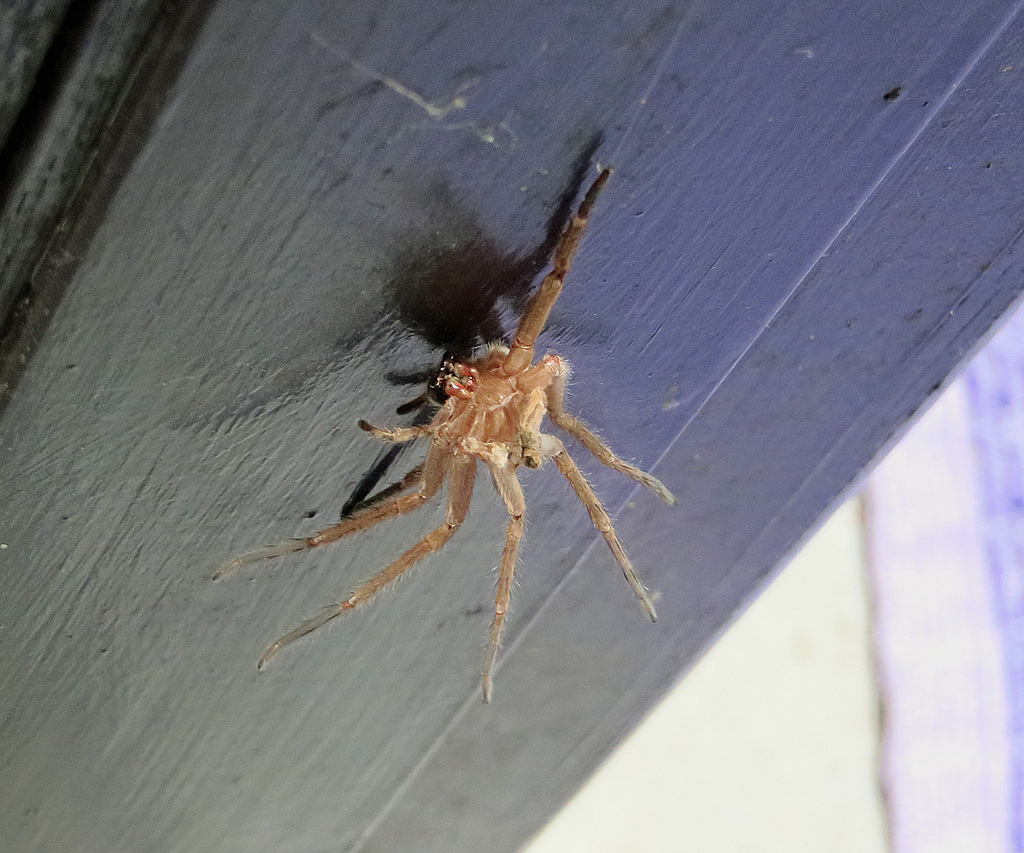
Ok, technically it's an exoskeleton and not skin, but the premise is still the same. Just like snakes, crustaceans, and many types of insects, spiders eventually outgrow their outer shell and shed it when they're ready for a new one. That means that you shouldn't be surprised if you find a very empty spider in your house (though it's completely acceptable to be horrified).
11. Their silk is stronger than steel

Have you ever noticed just how hard it is to snap a spider web? That's because even though spider silk is less dense than steel, it would be five times as strong if factors such as density and size were equal. So let's just take another moment to thank our lucky stars that these creatures are as small as they are.
12. You can't kill them with most pesticides

Lots of bugs can be killed off with harmful pesticides, but spiders are smart enough to simply stay away from the areas that have been treated with chemicals. Really, though, there's no reason to actually want these creepy critters to die off — they can help prevent your plants from getting eaten and keep plenty of pests away. If you really want them out of your house, you'll just have to stick with the old shoe-squashing trick.
13. They're everywhere
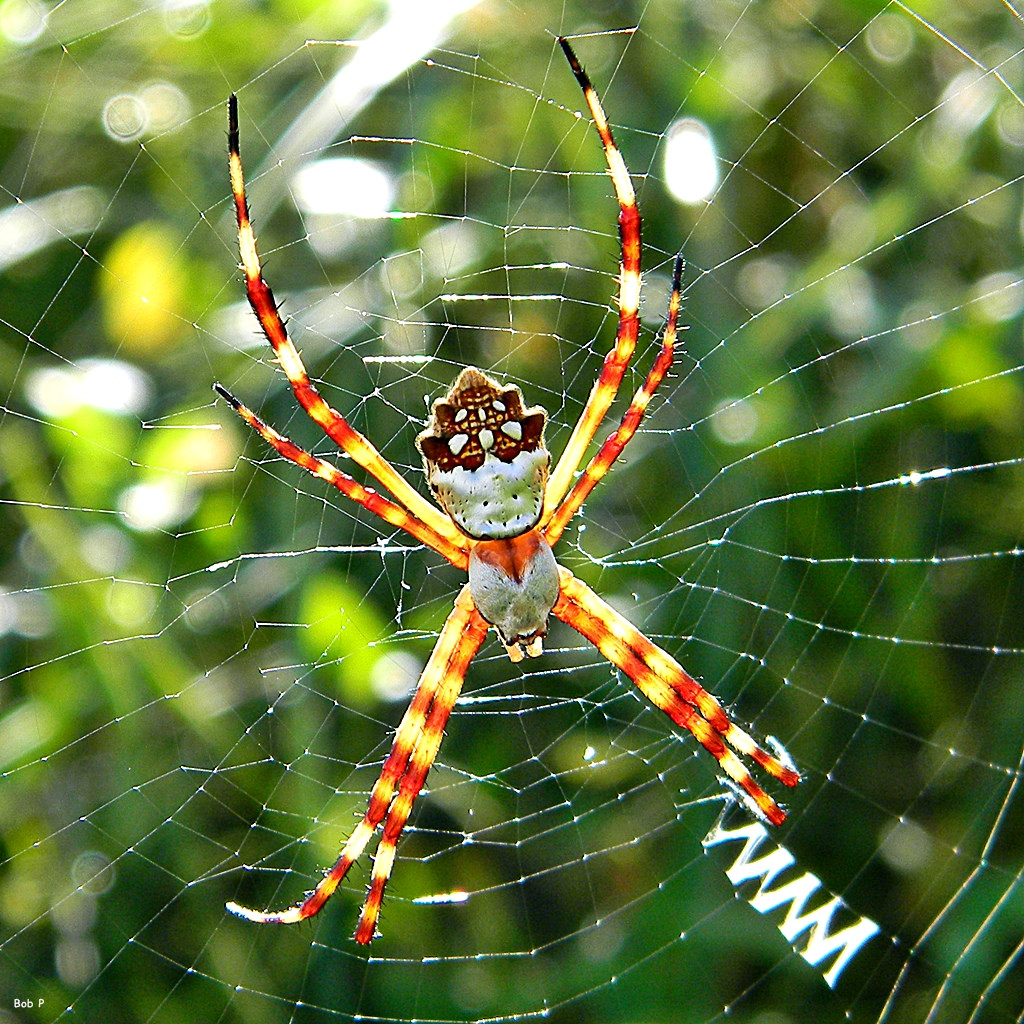
Unless you're willing to move to the polar regions, the summits of mountains, or under the sea, you're probably going to be sharing living space with spiders. They can be found just about anywhere, and if you dare to venture into the woods, you're going to be hanging out with about 2.5 million spiders per acre. Do you feel itchy yet?
Don't forget to SHARE these creepy spider facts with all your friends!




